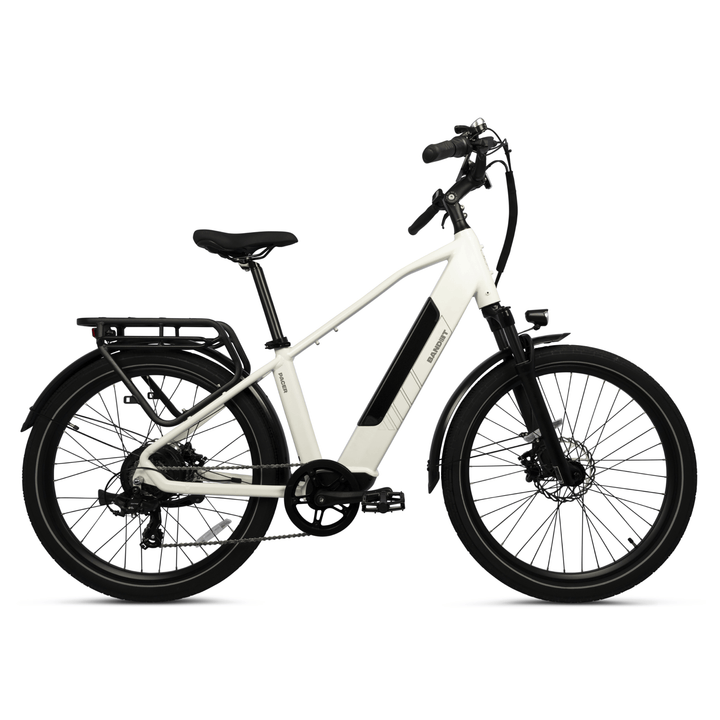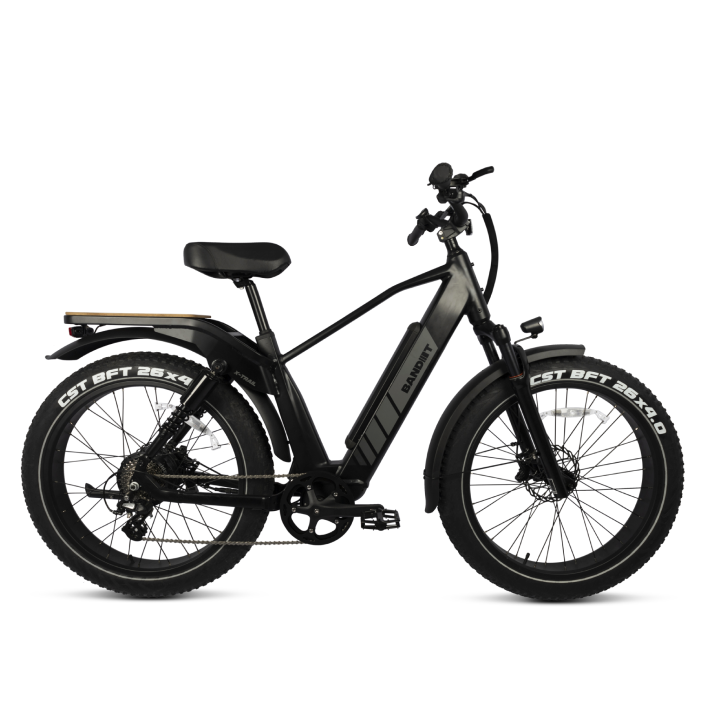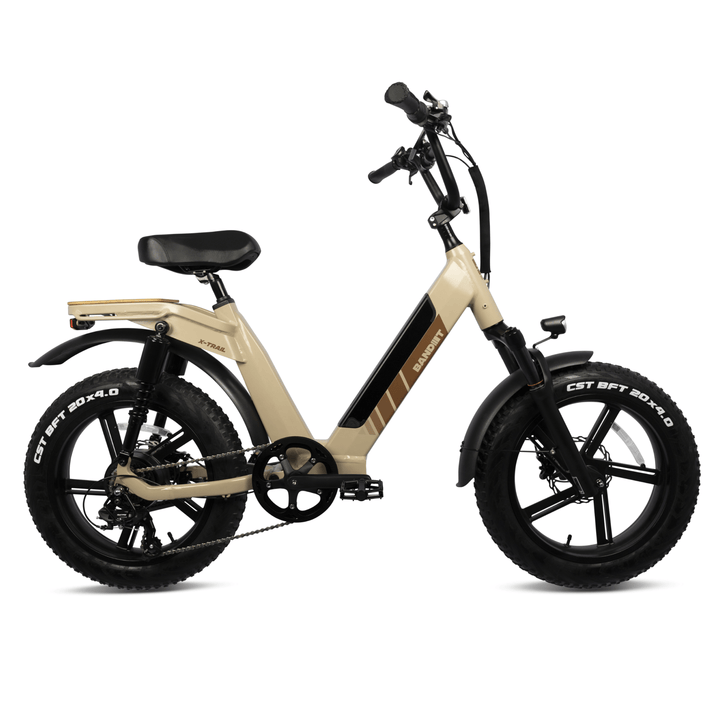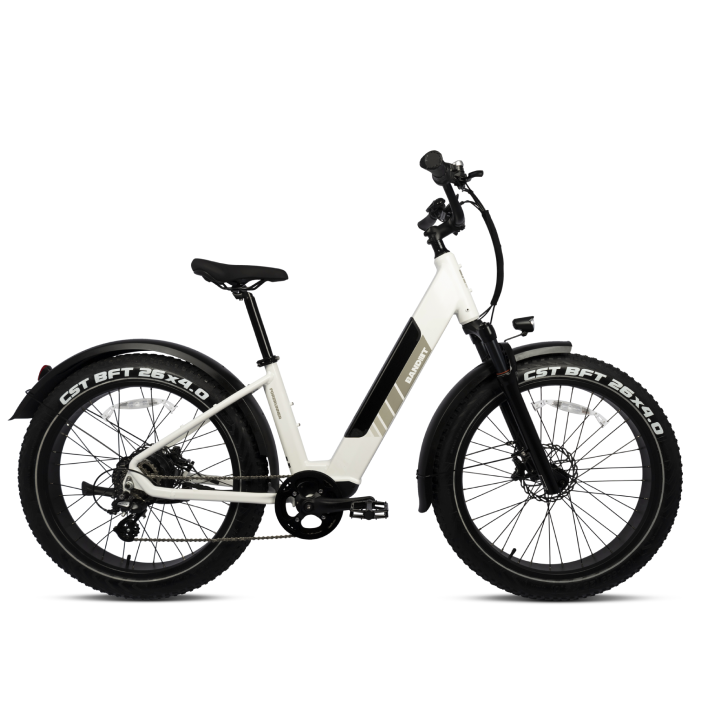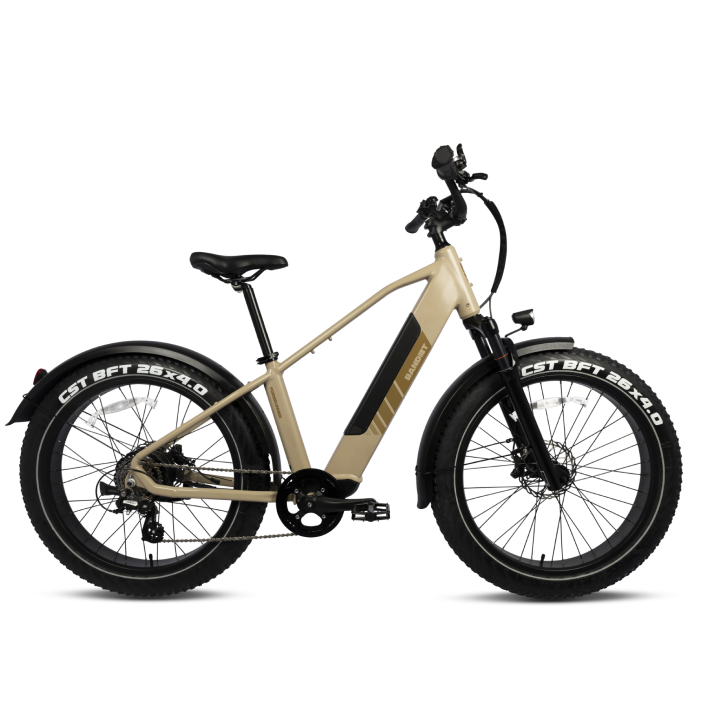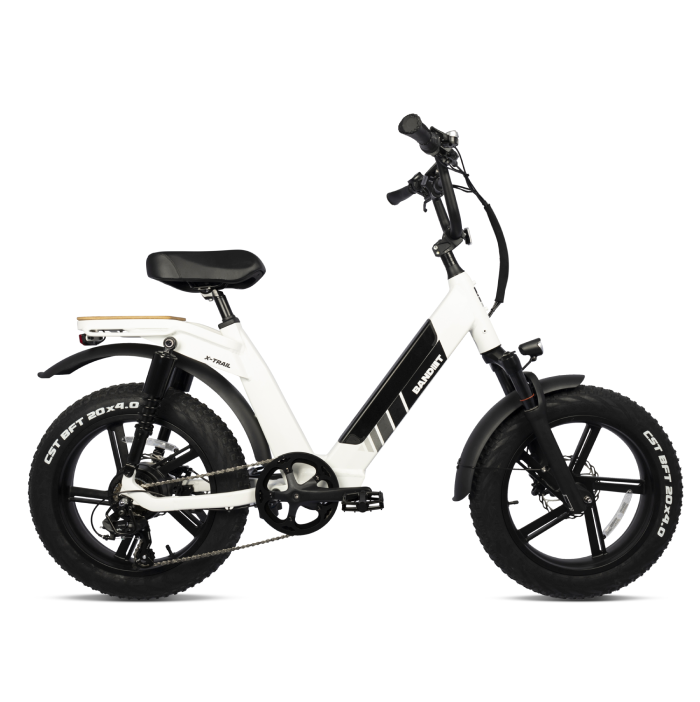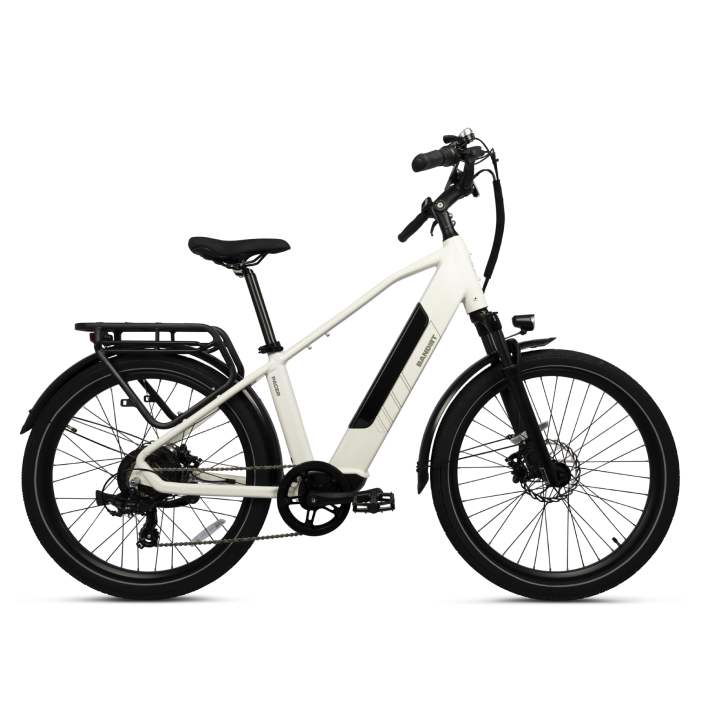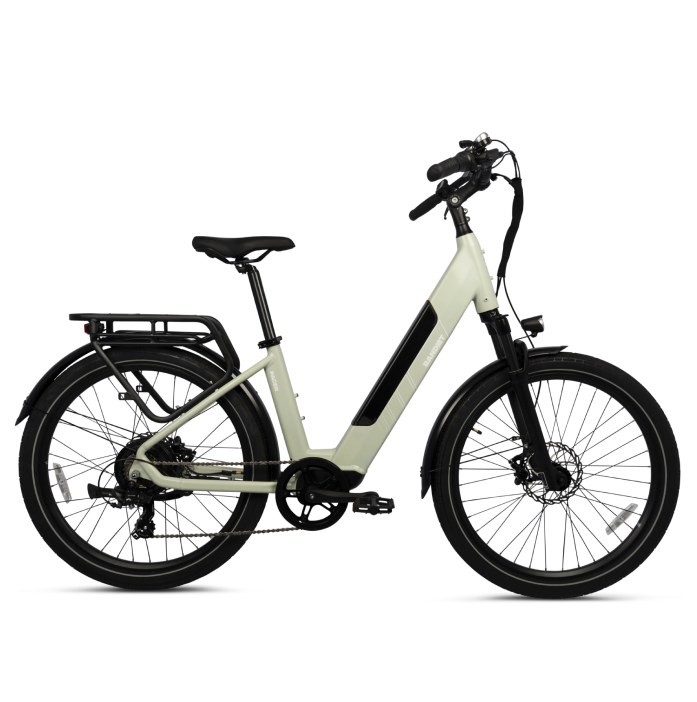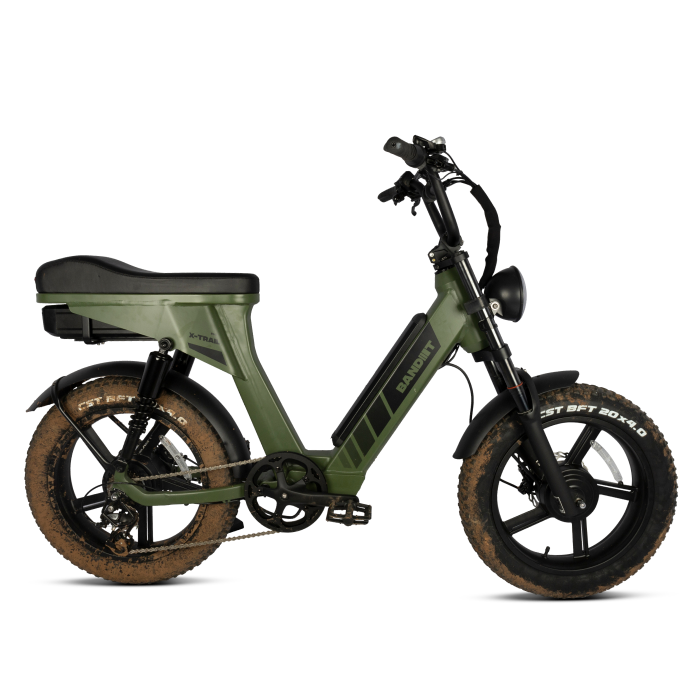E-bikes are becoming increasingly popular for their convenience, eco-friendliness, and ability to make cycling accessible to a wider audience. If you're considering investing in an e-bike, one of the key questions on your mind might be: "How long can an e-bike last?" The longevity of an e-bike depends on several factors, including the quality of the components, maintenance habits, and usage patterns. Let's explore these factors to give you a clearer picture of what to expect from your e-bike.
Key Factors Influencing E-Bike Longevity
-
Battery Life The battery is one of the most crucial components of an e-bike. Most e-bikes use lithium-ion batteries, which have a typical lifespan of 3 to 5 years or about 500 to 1,000 charge cycles. Factors that affect battery life include:
- Usage: Frequent use and long rides will deplete the battery faster, reducing its lifespan.
- Charging Habits: Regularly fully depleting and then fully charging the battery can strain it. It's best to keep the battery charged between 20% and 80%.
- Storage: Storing the battery in extreme temperatures can negatively impact its longevity. Ideally, keep it in a cool, dry place.
-
Motor Durability The motor is another vital part of the e-bike, and its longevity depends on the quality and type. High-quality motors can last for thousands of miles. Regular cleaning and avoiding overuse (like riding at maximum assist on challenging terrains constantly) can help extend its life.
-
Frame and Components The e-bike’s frame, usually made from aluminum or carbon fiber, can last for many years with proper care. Components like brakes, gears, and tires, however, are subject to wear and tear and will need periodic replacement. The frequency of these replacements depends on how often and intensely you ride.
-
Maintenance Practices Regular maintenance is key to extending the life of your e-bike. This includes:
- Routine Inspections: Regularly check for loose bolts, tire pressure, and brake performance.
- Lubrication: Keep the chain and other moving parts well-lubricated to prevent rust and ensure smooth operation.
- Professional Servicing: Have your e-bike serviced by a professional at least once a year to catch and fix any potential issues early.
-
Riding Conditions Riding on smooth, paved roads generally puts less strain on an e-bike than off-road or rough terrains. Weather conditions also play a role; riding frequently in rain or snow can accelerate wear and tear.
Estimating the Lifespan of an E-Bike
Considering all these factors, a well-maintained e-bike can last anywhere from 5 to 10 years or more. Here’s a rough breakdown:
- Battery: 3 to 5 years
- Motor: 5 to 10 years
- Frame: 10+ years
- Components: Varies, but expect to replace parts like tires, brakes, and gears every 1 to 3 years, depending on usage
Tips to Extend the Life of Your E-Bike
- Proper Charging: Follow the manufacturer’s guidelines for charging your battery, and avoid letting it completely drain.
- Storage: Store your e-bike and battery in a cool, dry place, away from extreme temperatures.
- Regular Cleaning: Keep your e-bike clean to prevent dirt and grime from causing damage.
- Routine Maintenance: Perform regular checks and maintenance, and don’t ignore minor issues that could become major problems.
- Mindful Riding: Ride within the e-bike’s limits, avoid harsh terrains when possible, and use the pedal-assist wisely.
Final Thoughts
An e-bike is a significant investment, and understanding its potential lifespan can help you make the most out of it. With proper care and maintenance, an e-bike can provide years of reliable service, making it a worthwhile addition to your transportation options. Whether you're using it for commuting, leisure rides, or fitness, taking the time to care for your e-bike will ensure it stays in top condition for as long as possible.
Ready to explore e-bikes and find the perfect one for you? Check out some e-bikes in action here.
